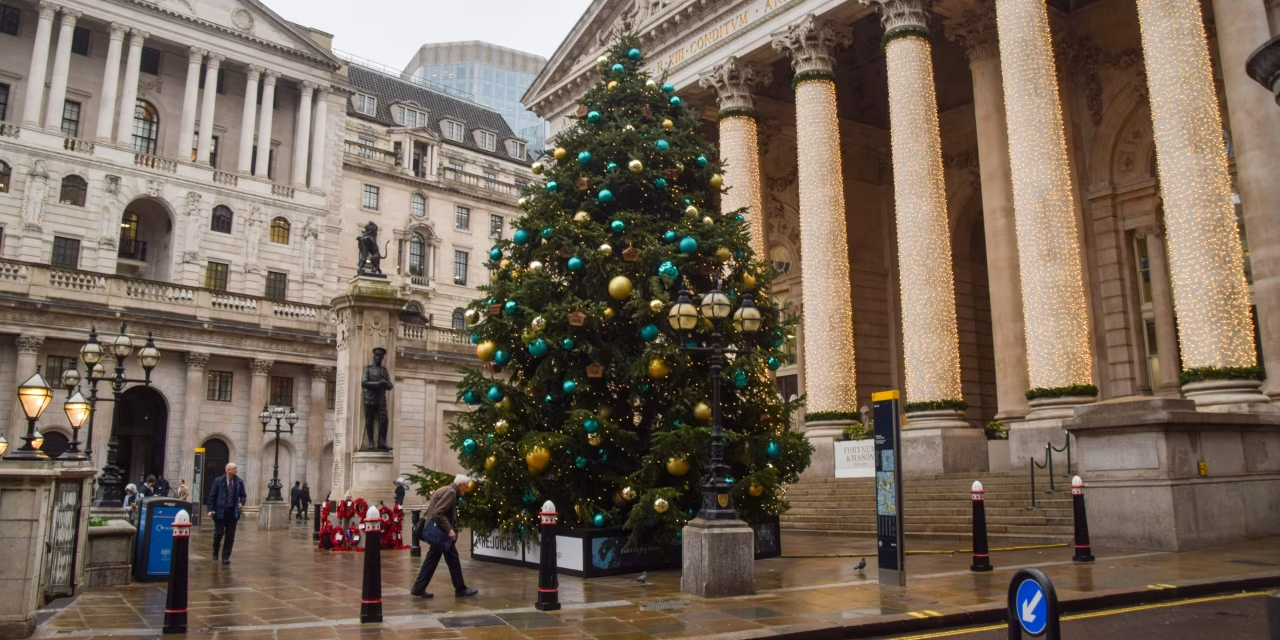CryptoCurrency
U.K. Loosens Bank Capital Demands for First Time Since Financial Crisis

LONDON—British banks will no longer need to hold so much capital, as the U.K. joins the U.S. in unwinding some measures put in place after the global financial crisis.
The details
The benchmark ratio of capital to risk-weighted assets will fall to 13% from 14%, the Bank of England said Tuesday. The BOE, like the Federal Reserve, both regulates banks and sets interest rates. The lenders it oversees include major international players such as HSBC and Barclays, whose shares rose in London.
Copyright ©2025 Dow Jones & Company, Inc. All Rights Reserved. 87990cbe856818d5eddac44c7b1cdeb8









